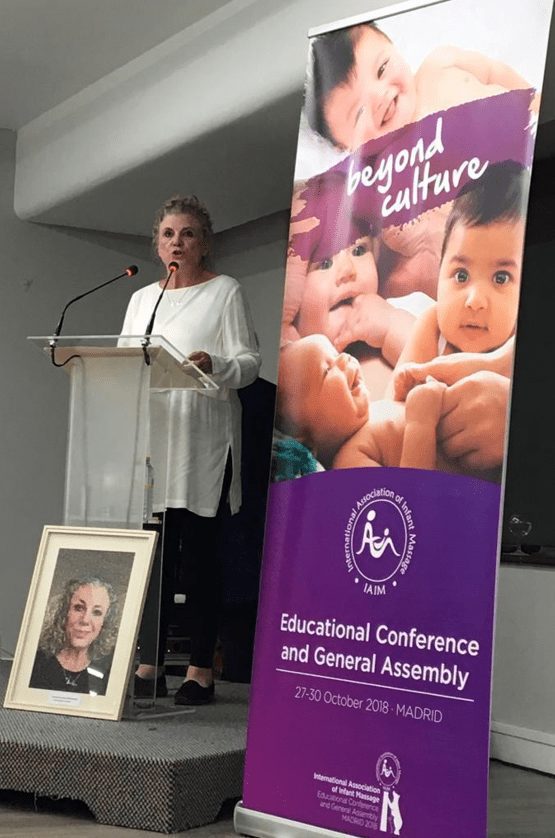The wise remain aware
of the spirituality of life.
Every mother has felt the
stillness and the stir
of Eternal Consciousness
in her womb. Remember that.
Bring that mysterious, silent moment
into the clamoring present.
—Vimala McClure
from The Tao of Motherhood




